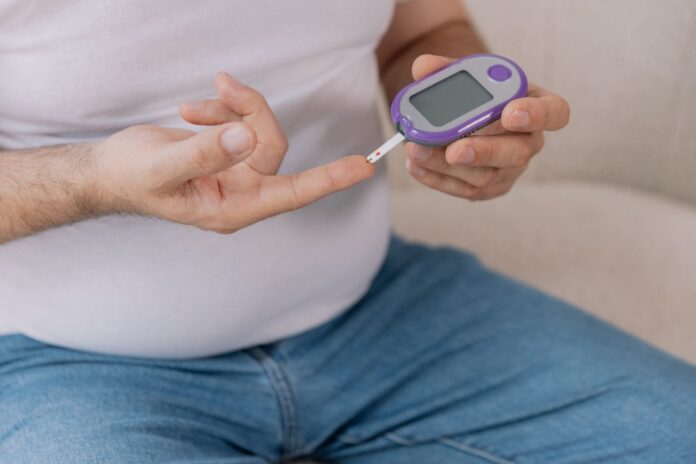For those with diabetes, it can be difficult to manage chronic disease day to day, but add in a natural disaster and it can even be scary. Natural disasters could leave us without power, food and drinking water for days, along will obstacles to getting medical attention. It’s important to be equipped for the impact of natural disasters, especially when managing a chronic disease like diabetes.
Personal identifiers
When preparing for disasters it’s important to have personal information about your diabetes on hand to make sure you get the appropriate medical attention. Make sure to store these items in a safe place and inside a waterproof container or storage bag. You can even give extra copies of this information to a trusted family member or friend. This information includes, but is not limited to:
- Medical ID bracelet/necklace. This is always good to have for any emergency situations.
- Emergency contacts. Make sure to update this list regularly.
- Information about your primary doctor and other specialists. Make sure to talk with your doctor about your disaster plan beforehand.
- Copies of your ID and health insurance cards. It’s important to keep up with the expiration dates of these cards.
- Important medical information, including:
- Your type of diabetes
- List of all medications (even vitamins or herbal remedies)
- Prescribed diabetes regimen (when and how you take your medication)
- Additional medical conditions (e.g., high blood pressure, high cholesterol)
- Prior procedures or surgeries
- Allergies
- Most recent labs (e.g., A1C)
Diabetes-related supplies
You should prepare to have at least a week’s worth of supplies needed for your regular diabetes management. If possible, try to aim for a month. This includes items needed to manage your blood sugar levels, which may include the following:
- Insulin and glucagon kits. Make sure to have a cooler and freezer packs needed to follow proper storage guidelines. Learn more about safe storage for insulin and how long insulin can last without refrigeration from the Diabetes Disaster Response Coalition in its publication, Safe Storage of Insulin.
- Lancets. Have empty containers on hand to dispose of used lancets or needles.
- Glucometer and glucometer strips. Portable chargers or extra batteries are recommended to make sure this device will have lasting battery life. Check the expiration date on the glucometer strips regularly and replace them when out of date.
- Ketone strips. Double check your health status by testing your urine.
- Writing utensils and paper. Use these to record symptoms, blood sugar levels, and other important information.
Wound care
Having a first-aid kit available is always a good idea for cleaning and bandaging injuries. When you have diabetes this is especially important since this condition affects normal wound healing. If not already included in the first-aid kit, take care to include alcohol wipes. These can even be useful when checking blood sugar levels. Remember to also wear protective footwear and check your feet daily for any cuts or blisters.
Nutrition
It’s important to have non-perishable food items and a supply of drinking water when preparing for a storm. For people with diabetes, this includes a quick-acting source of glucose in case your blood sugar levels drop. Examples of this could be candy, juice, or regular soda.
People on dialysis, which can be a complication of diabetes, may not be able to access or reach their dialysis clinic in a storm. Therefore, there is a temporary three-day emergency diet plan available to help manage nutrient levels. This diet plan is available through the National Kidney Foundation.
Prepare today
It’s never too early to start preparing for a disaster. Emergencies and natural disasters can happen at any time, so take care to prepare today by regularly updating supplies and checking the expiration dates.
For more information, check out the following resources:




















